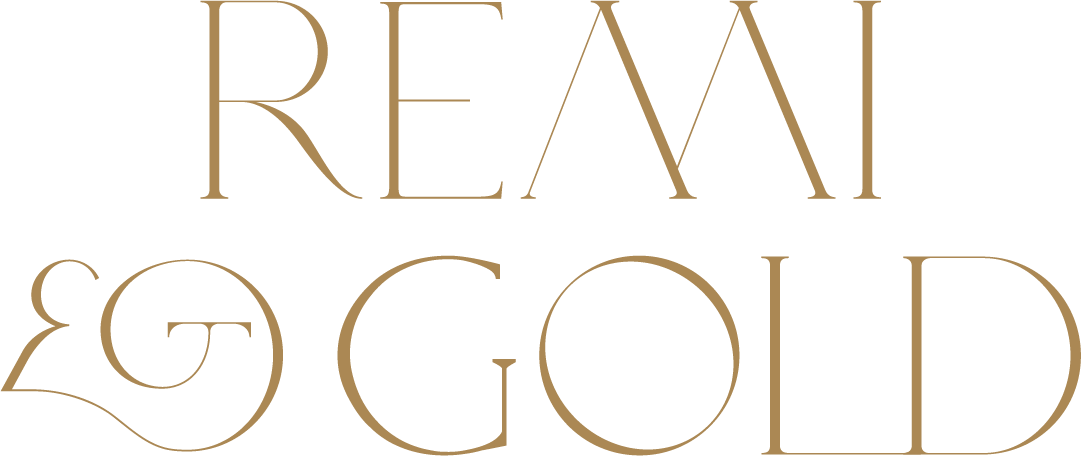Shape & Form in Floral Design
The great illusion of brilliant floral design is that it was easy or thrown together. But as top wedding florists in Austin, TX, we know that couldn’t be further from the truth. In reality, a lot of intention and skill goes into designing a floral arrangement — especially when it comes to floral design form.
What is Form in Floral Design?
Form, in floral design, refers to the shape, height, width, and depth of both the overall flower arrangement, and of the individual flowers within the arrangement. (Some flower varieties are also called “form flowers” because they have an unusual shape, like the calla lily.) We consider the form of the individual stems and the overall arrangement carefully when designing a gorgeous bouquet or arrangement for your wedding, but this article will mostly focus on the form of the arrangement as a whole.
Floral Design Shapes
There are several commonly used flower arrangement shapes, or forms:
Circular
Triangular
Square
Curve
Linear (vertical floral arrangements or horizontal floral design)
Regardless of the shape you choose, there are two main types of floral forms: open-form flower designs or closed-form flower designs. Open designs have a lot of room in between the blooms, which adds negative space to your arrangement. Closed designs have minimal or no negative space, giving them a heavy or dense look. The easiest way to tell the difference between closed forms versus open forms is when you know that both arrangements have the same quantity of flowers, yet one looks more full (open) while the other is tighter (closed).
Elements & Principles of Floral Design
Form is one of many essential elements, or visual characteristics, of a successful floral design:
Form, which affects the structure of the design
Line, which dictates the motion of the arrangement
Space, which impacts the openness of the florals
Texture, which affects the visual interest of the design
Color, which impacts the mood of the arrangement
There are also several principles, or tools, of good floral design:
Balance, or the equilibrium of the florals
Proportion, or the relationship between the blooms
Dominance, or the emphasis of the design
Rhythm, or the movement of the arrangement
Harmony, or the compatibility of the parts of the design
Contrast, or the differences between the parts of the design
Scale, or the relationship between the arrangement and its environment
All of the elements are principles are important, but we find balance to be particularly important when creating form. Balance in floral design can be symmetrical or asymmetrical.
Remi + Gold Creates Feeling with Form
Combining the form’s shape, type, and balance can evoke a certain aesthetic or emotion in your arrangement. For example, an open, arced, asymmetrical design may feel more modern or natural. Meanwhile, a closed, round, symmetrical flower arrangement can have more of an elegant vibe.
That’s exactly why we spend so much time on form at Remi + Gold. When it comes to developing a jaw-dropping design for you wedding florals, form impacts everything. Get in touch with us today for a bespoke quote.
Designed with love by the remi gals!
Full of sass, humor, positivity, and moxie, these are the ladies making all your wedding and event dreams come true!









